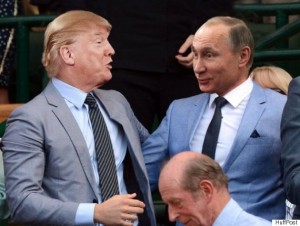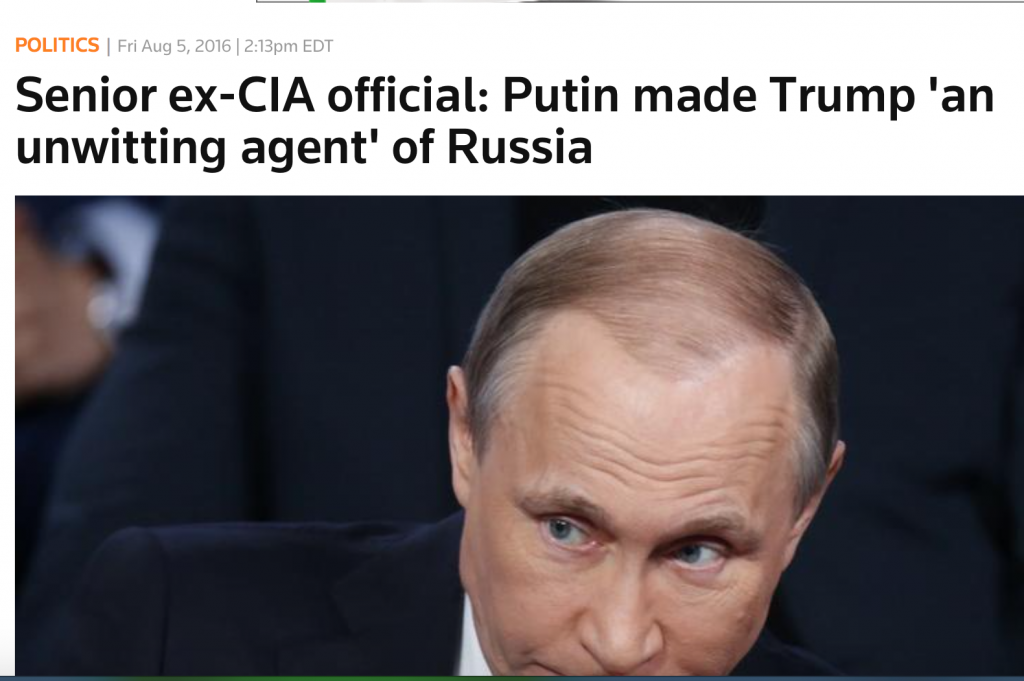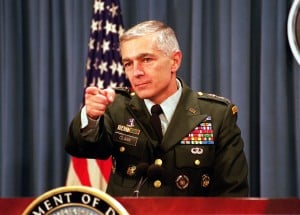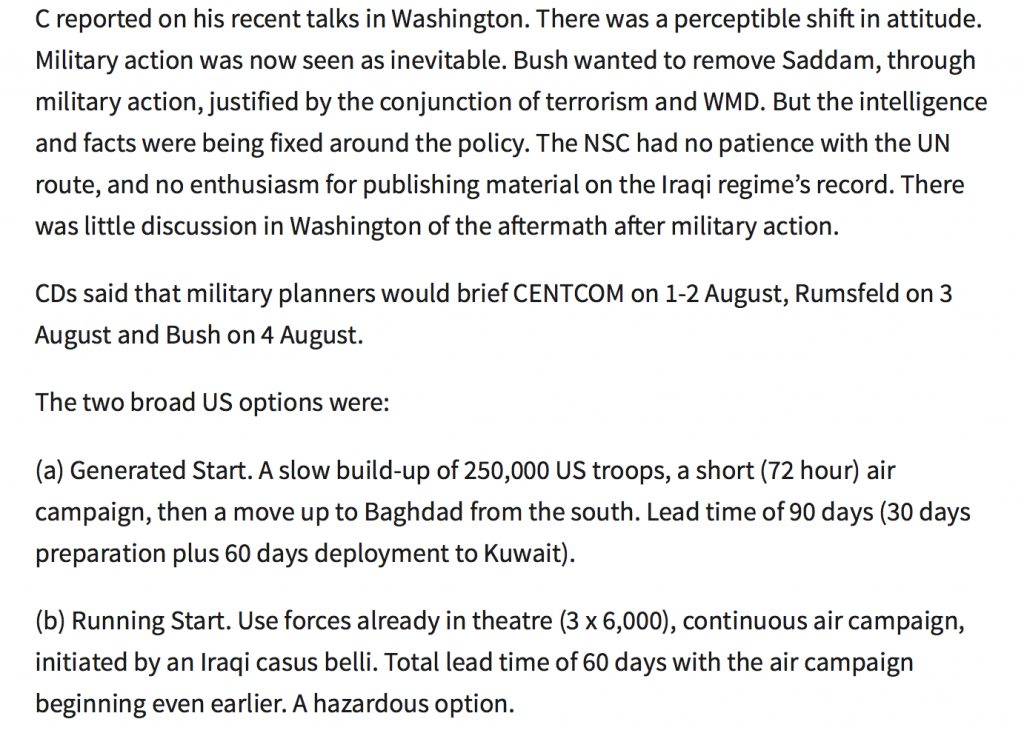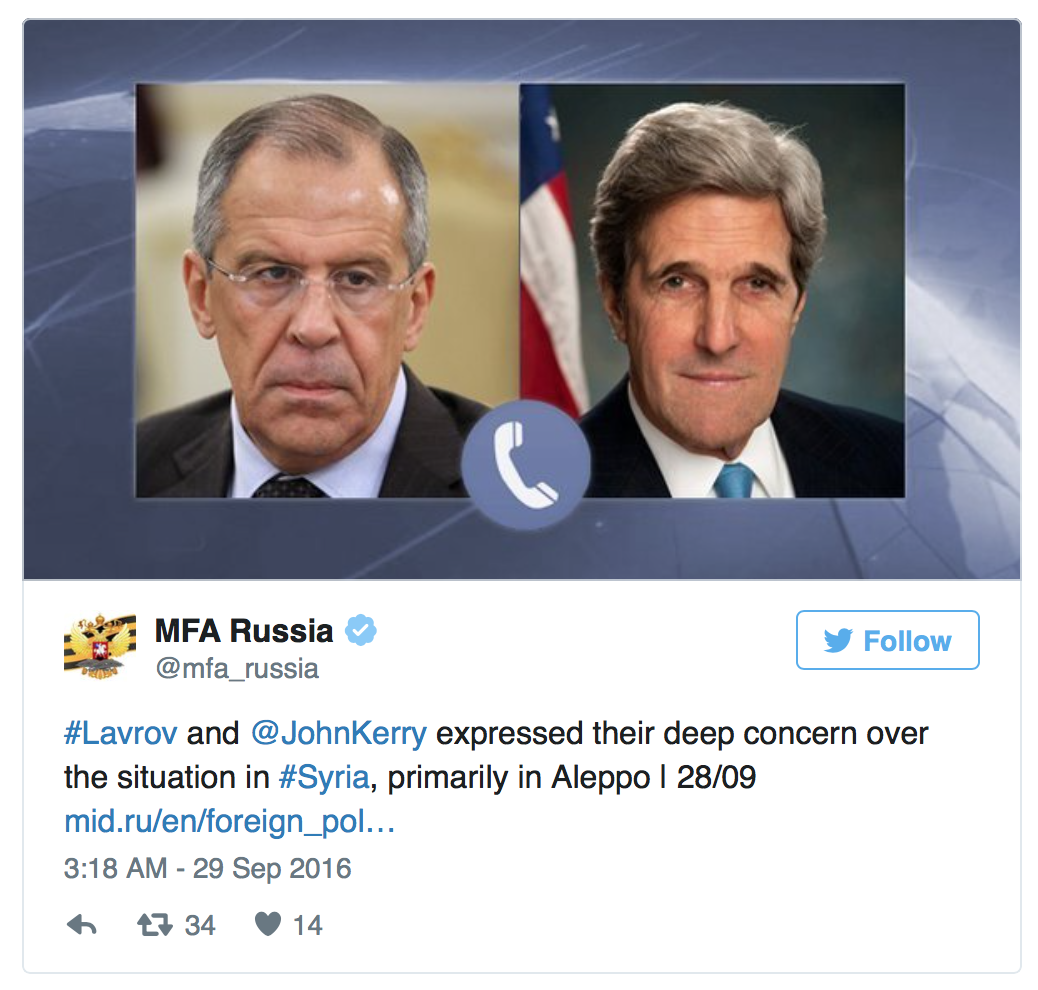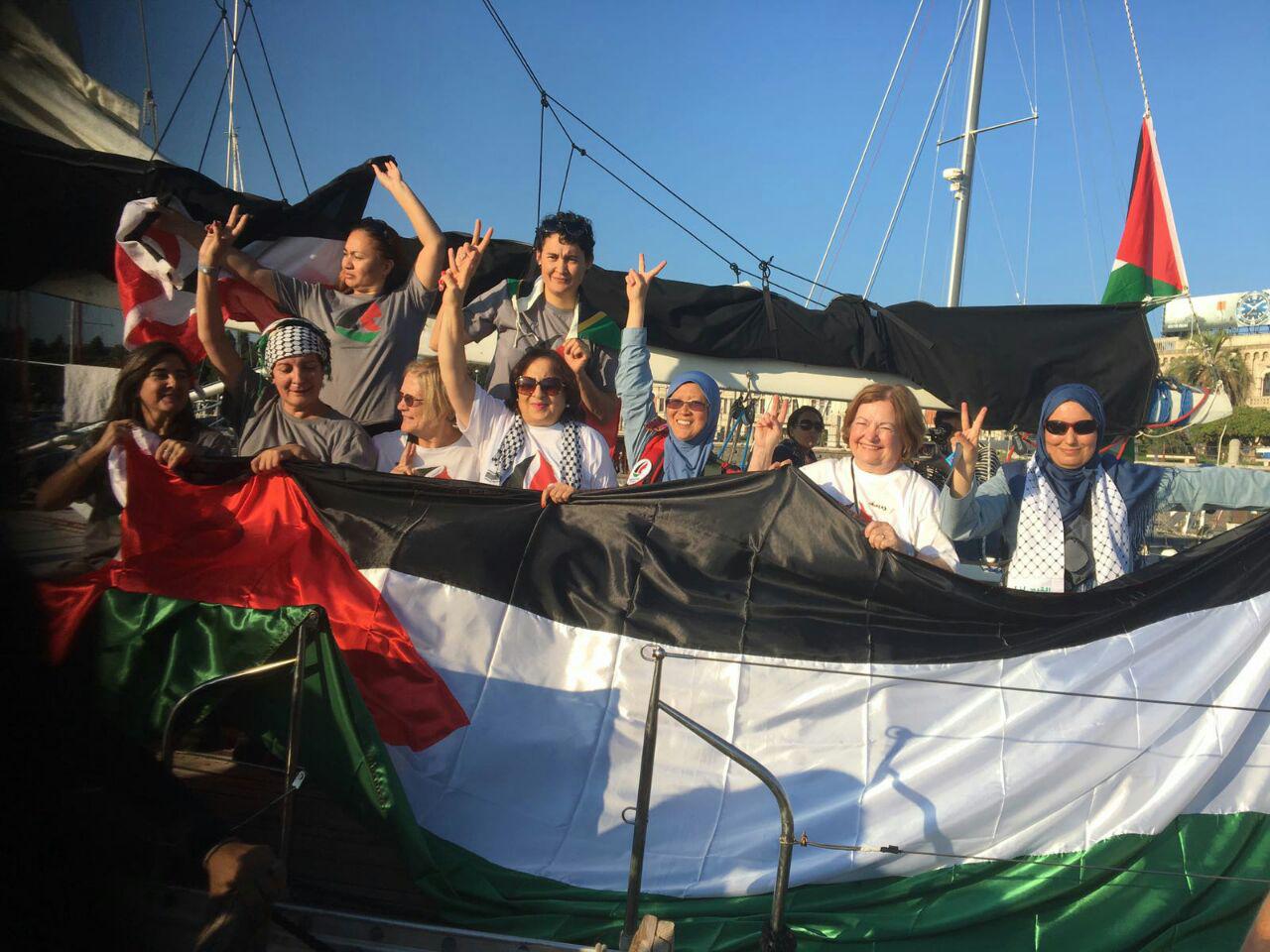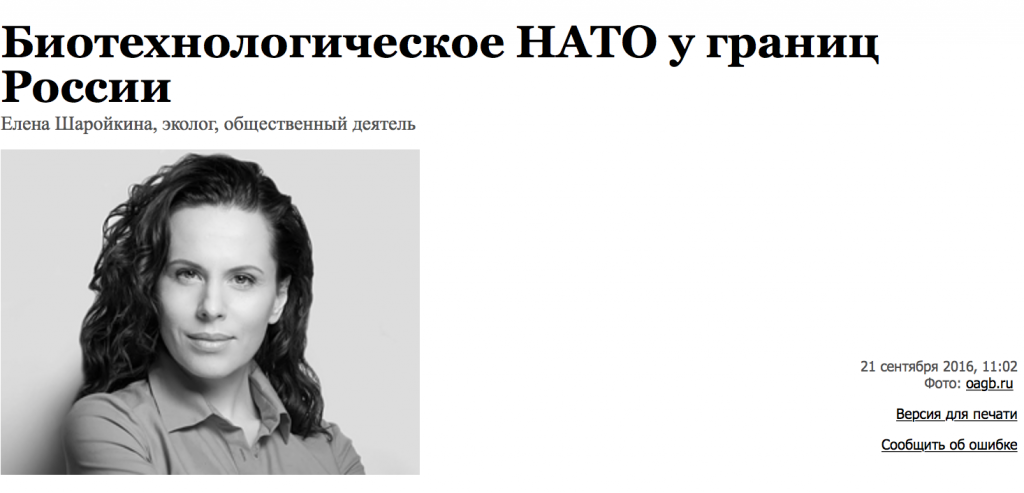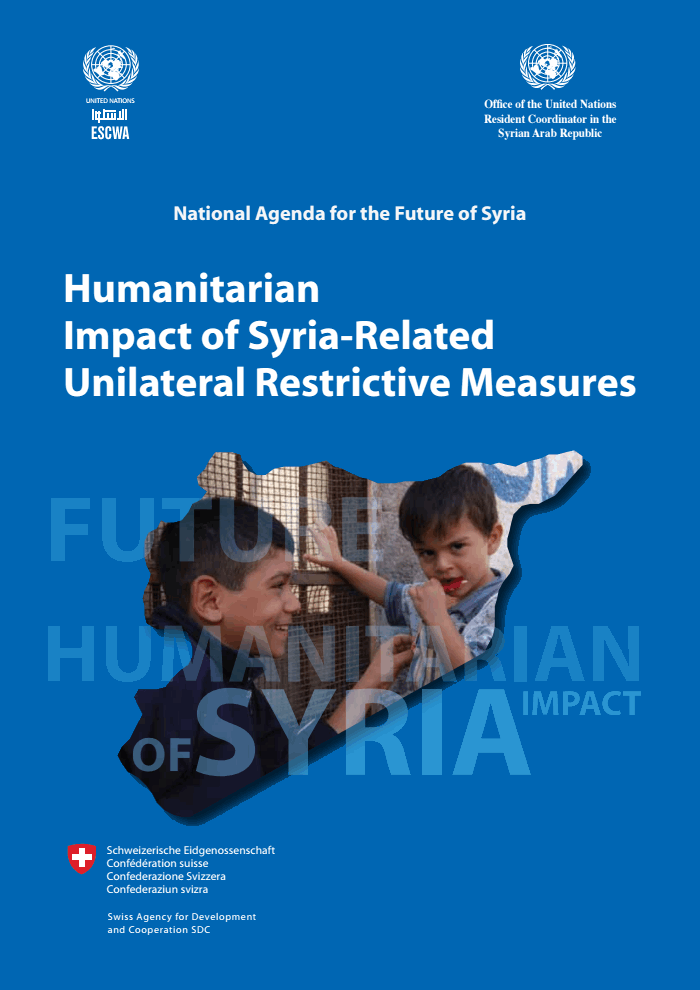Bayer and Monsanto: Two Destructive Corporate Conglomerates Become One
October 1st, 2016 by Dr. Joseph Mercola
Just when you thought the takeover of the global food supply couldn’t get a whole lot worse, it did.
Monsanto recently announced it has accepted Bayer AG’s $56 billion takeover offer (a deal totaling $66 billion if you take into account Monsanto’s debt),1,2,3 which will make the new entity the largest seed and pesticide company in the world.
The merger is expected to be finalized by the end of 2017. Should the deal end up being blocked by regulators, Bayer will pay Monsanto $2 billion.
“As we look at the future, we think the combination of taking the Monsanto stable: biotechnology, seeds and data science, and combining that with chemistry, we unlock future innovations growers desperately need at the moment,” Monsanto CEO Hugh Grant said.4
Warning: Troubled Times Ahead
The news has generated deep concerns, and Global Justice Now is calling on anti-competition regulators to investigate the takeover bid.
Bernie Sanders has also gone on record saying the takeover is “a threat to all Americans” and needs to be blocked.5 He also wants the U.S. Department of Justice (DOJ) to “reopen its investigation of Monsanto’s monopoly over the seed and chemical market.”
If the merger goes through, we’ll be left with just four companies providing 59 percent of the global seeds and 64 percent of the world’s pesticides.6,7 Aisha Dodwell with Global Justice Now summarized it well when, on September 14, she said:8
Today’s announcement of Bayer’s takeover of Monsanto is a disaster for the world’s food system.
The creation of this mega-agribusiness would mean that a single terrifying corporate behemoth is now the world’s biggest company for both seeds and pesticides, putting them firmly in control of the world’s farming inputs.
In an industry that was already dominated by only six big agribusinesses, this latest news will lead to even further market concentration as more mergers and takeovers will now become inevitable.
We’re speeding towards a situation where our global food system is controlled by a very few giant corporate entities who will have complete control of our food — what we eat and how it is grown.
Farmers Worry Bayer-Monsanto Behemoth May Ruin Them
In a recent New York Times article,9 Kentucky farmer Don Halcomb reveals he fully expects his profits to disappear by year’s end due to the combination of rising costs and dwindling crop prices. Halcomb, who grows corn, soy, wheat and barley on 7,000 acres, is already producing these commodities at a loss.
Over the past 10 years, the price of a bag of seed corn has risen from $80 to $300 — a price hike he attributes to the consolidation of seed companies, which reduces competition.
The latest merger between Bayer and Monsanto is only likely to make matters worse, no matter how Bayer and Monsanto executives try to frame it as a boon for famers.
Bayer AG’s CEO, Werner Baumann, claims “it is not our plan or our ambition or our intent to prevent farmers from having choice.”10 But the history of Monsanto and Bayer both suggest it would be naïve in the extreme to believe him.
Additionally, several other major seed companies are also in takeover or merger negotiations, including ChemChina and Syngenta, and DuPont and Dow Chemical. If either of those go through, the market will be even more consolidated.
Many Farmers Now Reconsider Use of GE Seeds
On a positive note, the ever-increasing costs are causing many farmers to reconsider their use of genetically engineered (GE) seeds. It has become increasingly difficult to justify the higher prices for seeds, while crop prices diminish.
Part of the problem is that farmers are simply growing too much GE corn and soy, which makes it difficult to recoup their investment. The threat of even higher prices for GE seeds and chemicals makes their future even more uncertain. As noted by The Wall Street Journal:11
The dominance of genetically modified crops is under threat.
Since their introduction to U.S. farms 20 years ago, genetically engineered seeds have become like mobile phones — multifunctional and ubiquitous …
The U.S. Department of Agriculture estimates this year that 94 percent of soybean acres were planted with biotech varieties, and 92 percent of corn acres. Today, farmers are finding it harder to justify the high and often rising prices for modified, or GMO, seed, given the measly returns …
Spending on crop seeds has nearly quadrupled since 1996, when Monsanto Co. became the first of the companies to launch biotech varieties. Yet major crop prices have skidded lower for three years, and this year, many farmers stand to lose money.
GE Seeds Fail to Live Up to Promises
The development of “superweeds” resistant to the herbicides so generously doused on GE crops are another factor giving farmers pause. As farmers must work harder to combat the weeds and spend more money on chemicals, many see their profits vanishing at an ever faster pace.
Ohio farmer Joe Logan echoes Halcomb’s sentiments, saying the price of biotech seeds prevents him from making a profit. Today, the soybean seed Logan uses costs him nearly five times more than what he paid 20 years ago.
To save money, he plans on sowing mostly non-GE soybeans next year. Kyle Stackhouse, who grows corn and soybeans in Indiana, quit planting GE crops and is now making a profit.
After turning his soybean fields and nearly three-quarters of his corn fields to biotech varieties, Stackhouse decided about 10 years ago that biotech seeds weren’t delivering harvests big enough to justify their price.
‘The [genetic] traits weren’t putting dollars in our pocket,’ he said,” The Wall Street Journal reports.12
Stackhouse estimates he typically spends about $53 per acre on soybean seeds and $40 on pesticides, versus $83 he would have spent on biotech soybean seeds [and] an additional … $24 on related crop chemicals. That puts him ahead about $14 per acre on costs.
Monsanto — A Destroyer of the World
In addition to GE seeds and its flagship product, the herbicide Roundup, Monsanto has also been a leading producer of Agent Orange, polychlorinated biphenyls (PCBs), DDT, recombinant bovine growth hormone (rBGH) and aspartame — the history of which is summarized in “The Complete History of Monsanto, ‘The World’s Most Evil Corporation,’”13 originally published by Waking Times in 2014.14
Monsanto also made its mark on history by participating in the Manhattan Project to build the first atomic bomb, thereby becoming a “war horse” ally to the United States government — an alliance that still holds today. As noted in “The Complete History,” article:
To add insult to world injury, Monsanto and their partners in crime Archer Daniels Midland, Sodexo and Tyson Foods write and sponsor The Food Safety Modernization Act of 2009: HR 875.15 This ‘act’ gives the corporate factory farms a virtual monopoly to police and control all foods grown anywhere, including one’s own backyard, and provides harsh penalties and jail sentences for those who do not use chemicals and fertilizers. President Obama … gave his approval.
With this Act, Monsanto claims that only GM [genetically modified] foods are safe and organic or homegrown foods potentially spread disease, therefore must be regulated out of existence for the safety of the world … As further revelations have broken open regarding this evil giant’s true intentions, Monsanto crafted the ridiculous HR 933 Continuing Resolution,16aka Monsanto Protection Act, which Obama robo-signed into law as well.
This law states that no matter how harmful Monsanto’s GMO crops are and no matter how much devastation they wreak upon the country, U.S. federal courts cannot stop them from continuing to plant them anywhere they choose. Yes, Obama signed a provision that makes Monsanto above any laws and makes them more powerful than the government itself.
Bayer Also Has a Long, Dark, Destructive History of Genocide
Bayer AG is no different. Founded in Germany in 1863 by Friedrich Bayer and Johann Wescott, the company is perhaps most well-known for being the largest producer of aspirin and other commonly used drugs. But it too has a long, sordid history of creating poisons and mass destruction.17 During World War II, Bayer (then I.G. Farben) produced Zyklon B gas, used in the Nazi gas chambers to eradicate 11 million people whose only crime was to be born a Jew.
According to AHRP.org, the company was also “intimately involved with the human experimental atrocities committed by Mengele at Auschwitz.”18 In one case, Bayer purchased 150 healthy female prisoners from the camp commander of Auschwitz for use as test subjects for a new sleep drug. All the test subjects died, and another order for prisoners was promptly placed.
While some of its board members ended up being arrested and tried for their crimes against humanity, others escaped and helped create the Federal Reserve.19 If you think the passing of time might have made this corporate entity kinder, safer and gentler, think again.
In 2003, it was revealed Bayer sold blood-clotting medicine tainted with the HIV virus to Asian, Latin American and Europe in the mid-1980s.20 The drug, Factor VIII concentrate, was worth millions of dollars, and the company continued to sell the tainted drug for a year after the contamination was discovered. In Hong Kong and Taiwan alone, more than 100 hemophiliacs contracted HIV and died after using the medicine.
More Bayer Atrocities and Malfeasance
Bayer’s drug Trasylol — used to control bleeding during surgery — was eventually found to be responsible for at least a thousand deaths each month for the 14 years it was on the market.21 In 2006, documents proved Bayer hid evidence showing unfavorable results from the drug in order to continue selling it. Lawsuits have also been filed against Bayer for the untimely death of 190 young women taking their birth control pill Yaz, which raises your risk of blood clots by 300 percent.
Its top-selling Flintstones Vitamins for kids is another piece of evidence suggesting the company has no clue or concern about health, as it contains a number of questionable if not outright toxic ingredients, including aspartame, cupric oxide, aluminum, coal tar, hydrogenated soybean oil (trans fat; associated with heart disease), zinc oxide, ferrous fumarate and GE corn starch.
Between 2006 and 2007, Bayer was also responsible for contaminating U.S. rice imports with three unapproved varieties of GE rice under development by Bayer CropScience. Bayer also makes neonicotinoid pesticides, suspected of being responsible for mass die-offs of bees around the world, thereby threatening the global food supply, and made the plastic chemical bisphenol-A (BPA), now known to have a dangerous impact on the human endocrine system.
In short, Bayer’s history is just as dark and unethical as Monsanto’s, if not more, and some are rightfully referring to the merger of these two destructive behemoths as a “marriage made in hell.”22
Billions Against Bayer
The Bayer-Monsanto merger will make the subsequent entity all the more powerful to bully farmers into paying more and pressuring and manipulating governments into accepting the unacceptable risks involved. In response, the Organic Consumers Association (OCA) is calling for consumers everywhere to boycott Bayer in a new campaign called “Billions Against Bayer” — the continuation of the successful “Millions Against Monsanto” campaign. In a recent press release, OCA says:23
Two of the world’s most foul corporate criminals will be one. Monsanto will pack up its headquarters and head overseas. The much-maligned Monsanto name will be retired. But a corporate criminal by any other name — or size — is still a corporate criminal.
This merger only heightens the urgency, and strengthens our resolve, to hunt down the corporations that are poisoning everything in sight. We will follow them to the ends of the earth, if need be. We will expose their crimes. We will end the toxic tyranny. We will become the Billions Against Bayer. And we will need your help. Monsanto (and Bayer) are on trial. You be the judge.






